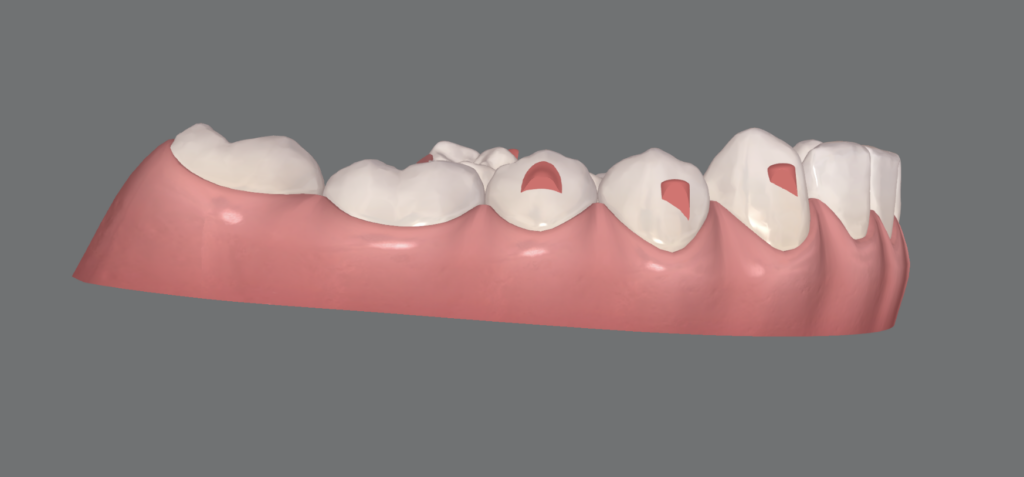What is the PIR protocol?
- Home
- News
This protocol, popularized by Dr. Arturo Vela, is based on the classic principles of Spee's curve flattening: space seeking (by proinclination of incisors) and a mixture of relative and pure intrusion determined by the patient's initial situation.
In any case, we must understand that it is an acronym that describes the sequence in which the lower incisors move in this malocclusion:
- Proinclination of crowns, usually without associated root movement (although this will occur lingually opposite to that of the crown).
- Intrusion of the incisors, after having obtained space for this movement (it is accepted that 2.5 mm of space is needed in the arch for each 1 mm of flattening of the curve).
- Retrusion of the incisors to close the remaining spaces, if any, adding in this case 1 degree of lingual radicular torque per aligner to provide coronal and root movement.
In certain cases phases 2 and 3 (IR) are performed simultaneously, depending on the total number of aligners, the periodontal situation of the patient... in any case, it is important to understand that the initial proinclination is important to generate space in the arch, without which the curve cannot be flattened.
Finally, it should be noted that this protocol does not address the flattening of the posterior curve, which is especially important in the case of lower second molars, which should follow a similar sequence: distalization (1mm), intrusion (1mm) and then closing the space with the retroinclination of the anterior incisors.

Want to know which course is right for you?
Call us and we will solve all your doubts.


